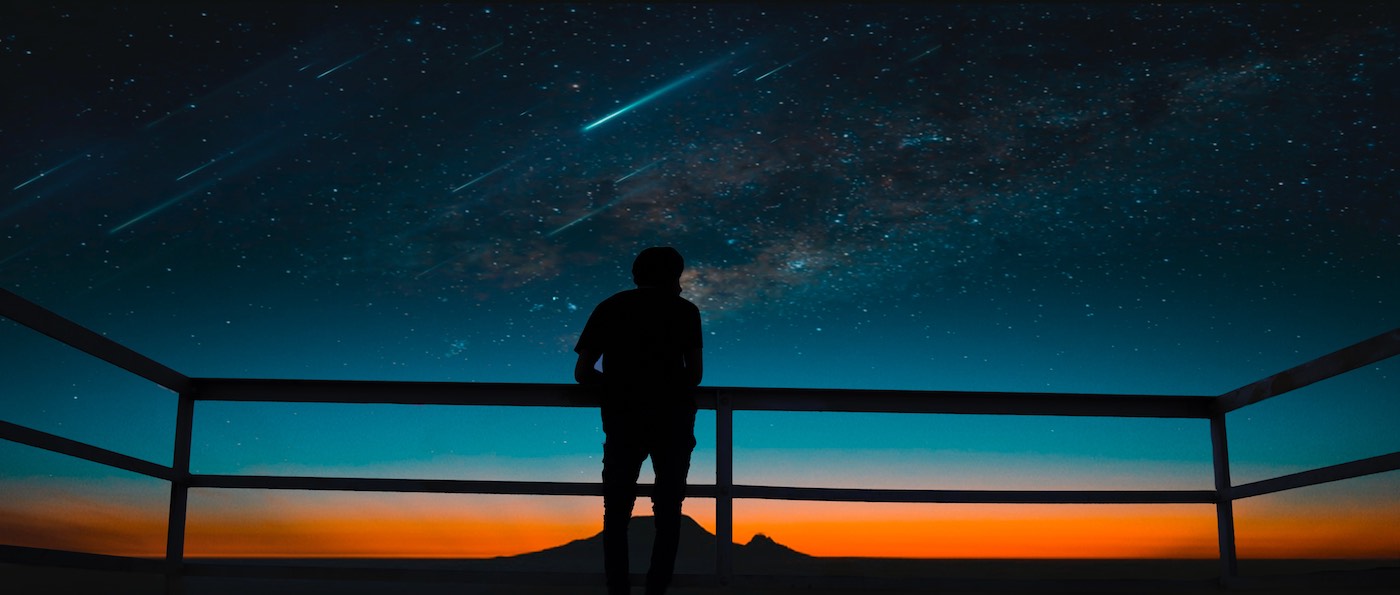2021 looks set to be an exciting year for stargazers, with the first big celestial event happening this weekend, as the Quadrantid meteor shower peaks from January 2 into January 3.
First spotted in 1825, the Quadrantids—also known as the Bootids—happens every year between December 28 and January 12.
Now known to originate from an asteroid called 1003 EH1, “the meteors appear to radiate from the modern constellation of Bootes,” NASA explains. “Even though the constellation may no longer be recognized, it was considered a constellation long enough to give the meteor shower its name.”
The American Meteor Society is reporting that—along with the Perseids and Geminids we reported on in 2020—the Quadrantids could be the strongest shower of the season.
How to see the Quadrantids
Look up late on Saturday night, or before dawn on Sunday, and you may see between 60 and 200 meteors per hour as they travel at 25.5 miles per second. You may also see the fireballs the Quarantids are known for. Spectacularly bright, they appear visible for longer than other meteors.
You’ll need to get your timing right, though: The peak of this meteor shower will only last for around six hours.
CHECK OUT: See the Stunning Winners of the Northern Lights Photographer of the Year Competition
According to the International Meteor Organization, the period of maximum activity is expected to take place at around 14:30 UTC on January 3. This means that for much of the States, it’ll be in the hours before dawn on Sunday that the Quadrantids are best viewed.
With a nearly full, if waning, moon brightening the sky this weekend, it’s true that it won’t be quite as easy to catch fiery meteors streaking high above our cities and mountains and fields as in other years.
Still, on this first weekend of the new year, it’ll certainly be worth going out—and looking up.
SHARE The Bright Celestial News With Pals on Social Media…




















